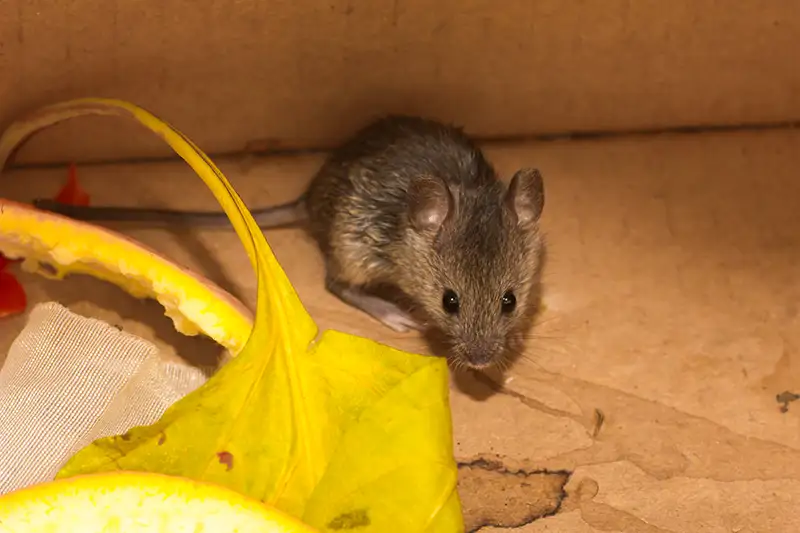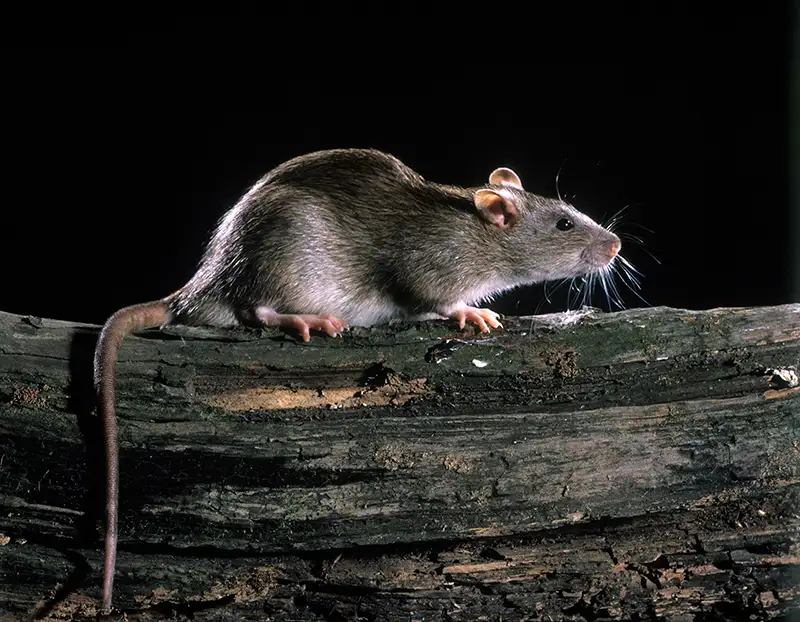The first step to dealing with a rodent problem is identifying that you do indeed have a rodent problem. The second step? Figuring out which type of rodent problem you have. Despite the rodents themselves being elusive, they always leave behind much evidence at their many crime scenes. That’s why analyzing this evidence is the best way to tell if you have rodents, and whether it’s rats or mice (or something else).
Identifying Rats and Mice in the Pacific Northwest
Here in the Pacific Northwest, we have several unique species of rats and mice. But you’re unlikely to ever come across any of them unless you venture out into the wilderness. There are three species that you’re most likely to encounter in your home and they’re the same three species that invade homes everywhere: the house mouse, Norway rat, and roof rat.
Signs of a Rodent Infestation
Rodents are known for leaving messes, gnawing through homes, and spreading disease. Without proper treatment, a rodent infestation can be a severe problem that may lead to serious damage or health issues. Knowing what signs to look for can help you identify an infestation before it gets out of control.
If you start to notice any of the following signs, that’s step one – identifying you have a rodent problem. Be on the lookout for any of these classic signs of rodent activity:
- Gnaw marks along your walls, cabinets, or furniture.
- Droppings, often near the kitchen or inside drawers.
- Scratching noises in your walls or ceiling.
If you see one of these signs, you should be suspicious. Two, and it’s a near-certainty that you’re dealing with rodents. Next, we’ll teach you how to tell the difference between rats and mice. Learning the differences between the two can help you identify the intruders and find the right plan to get rid of them.
Differences Between Mice and Rats
Rats and mice look similar and share many of the same habits, so it can be challenging to determine which is inside your home, especially if you’ve never dealt with a situation like this. Some ways you can tell them apart is by looking at these clues:
Size and Appearance of the Droppings
- At approximately ¼”, mouse droppings are much smaller than rat droppings. Think the size of a grain of rice and pointed on the end.
- Rat droppings are much larger with flat ends. They measure approximately ¾”.
Size of Gnaw Marks
- Mice teeth marks are smaller, and mice tend to chew on softer materials such as books, clothes, and wood.
- Meanwhile, rats have larger teeth and often gnaw on harder materials, such as bricks, wiring, or drywall.
Body Size and Head Shape
- Mice are smaller and typically measure between 5 ½” to 7 ½”. They also have a slightly pointed head with larger ears and eyes relative to their body size.
- Rats are much larger and can measure between 13” to 18”. Their fur is also darker, and they typically have a blunted nose with smaller, beadier eyes.
How to Identify Rodents in Your Home
If you notice evidence of rodents and the next step is figuring out if it’s rats or mice, the question is pretty simple: big or small? Rats are much bigger and more powerful than mice, and it’s reflected in their droppings, gnaw marks, and elsewhere.
If you’re not sure whether it’s rats or mice (or something else) and don’t care to investigate, call us today! Eden has experienced rat and mouse control experts on staff. We know how to tell if you have rats or mice and which steps to take to eliminate the problem quickly and effectively.
Back to Rat & Mice Exterminators, Control & Removal


